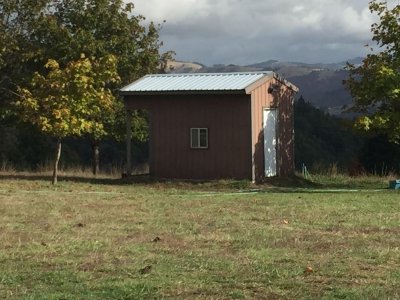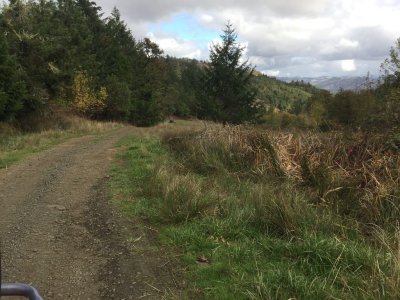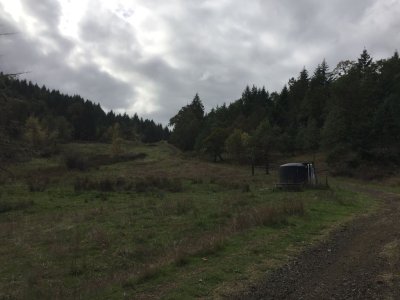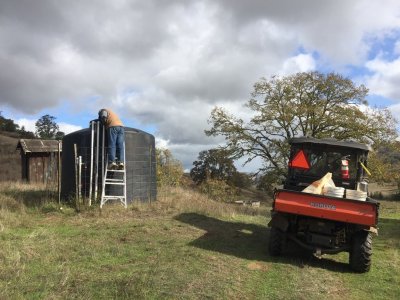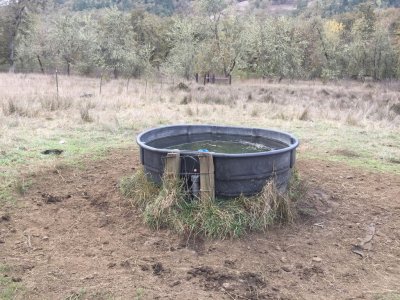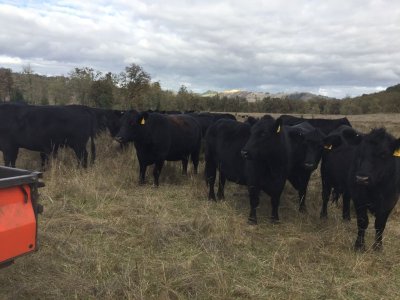Katpau
Well-known member
I was not sure where to post this, but I figure being out of water is definitely a health issue, so here goes.
We have several miles of underground pipe that feeds numerous stock tanks located throughout the ranch. The water comes from several springs and when those are insufficient, which happens every summer, we also have a well located at a higher elevation. The water is gravity fed and stored in several 3000 gallon tanks and then is gravity fed through the pipes to the tanks. We have had several times when a leak has drained the entire system before we realized what was happening. Is anyone aware of a device that might be able to recognize that the water in the storage tanks is going down and then be able to send a warning to your phone? There is no electricity at the storage tanks, so it would need to operate off a battery.
We have several miles of underground pipe that feeds numerous stock tanks located throughout the ranch. The water comes from several springs and when those are insufficient, which happens every summer, we also have a well located at a higher elevation. The water is gravity fed and stored in several 3000 gallon tanks and then is gravity fed through the pipes to the tanks. We have had several times when a leak has drained the entire system before we realized what was happening. Is anyone aware of a device that might be able to recognize that the water in the storage tanks is going down and then be able to send a warning to your phone? There is no electricity at the storage tanks, so it would need to operate off a battery.

